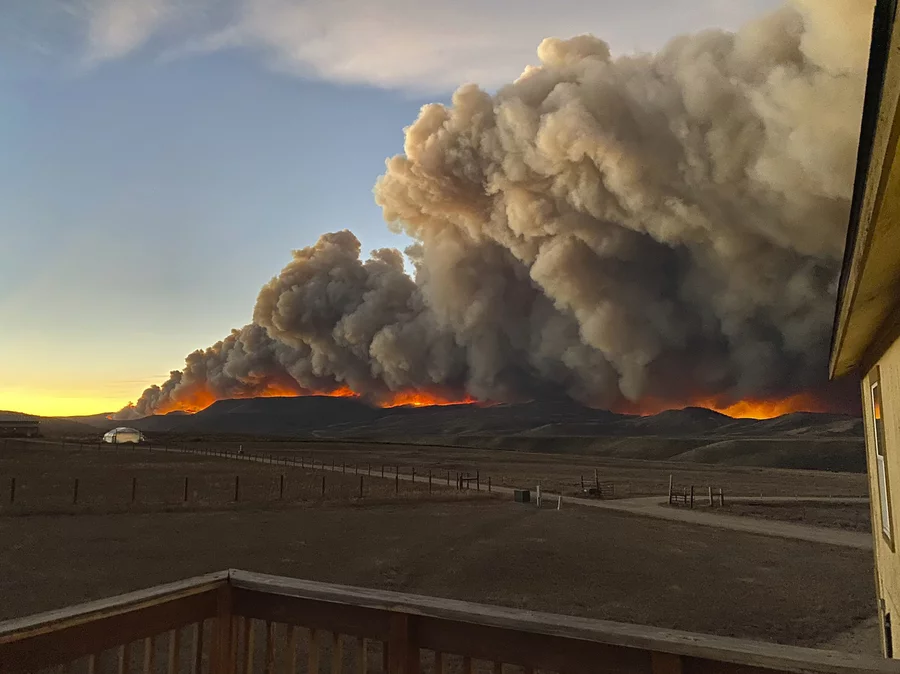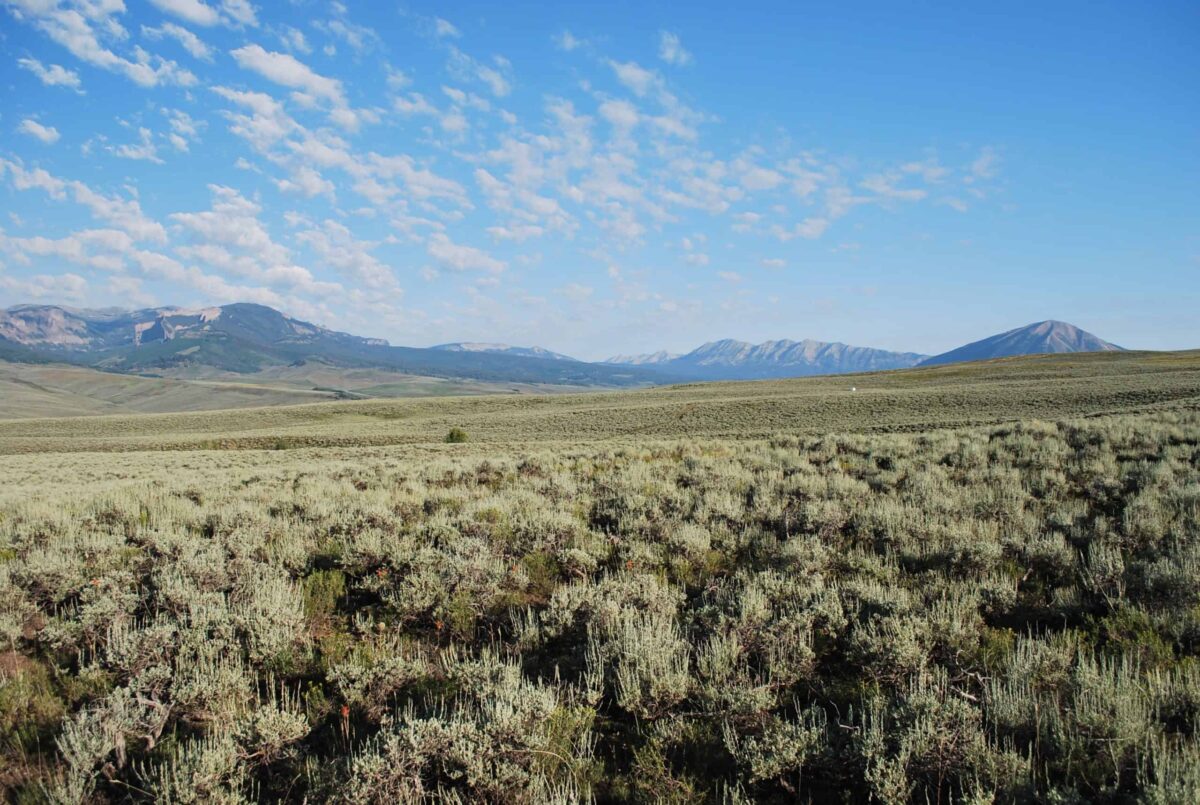
This piece was originally published in August 2022, but has been updated in July 2023.
Universities, as beacons of learning for future generations, should be held to higher standards of conduct than the average organizations, particulatly for-profit companies, which are firmly limited in their altruistic capacity.
Inherent to the successful operation of universities are a set of core values, among them: public transparency, the dogged pursuit of knowledge and truth, and stewardship for future generations.
In concert with these values, universities should — and often do — assume leadership roles on big issues like foreign policy, global health, gender rights, and more recently, climate change.
Western has already made a commitment of this very kind: enshrined in Western’s 2005 Environmental Charter: “Western has a responsibility to teach and assist in natural resource stewardship for the benefit of current and future generations.”
And that wasn’t a one-off. More than a decade ago, Western repeatedly professed its intention to pursue significant climate action. In 2007, then-president Jay Helman signed on to the President’s climate pledge, which committed Western to achieving carbon neutrality by 2050, with interim goals to reduce emissions from 2006 levels by 20 percent come 2020, and 50 percent by 2035. President Helman also established a President’s Climate Committee to guide these efforts.
“In signing the PCC, the President recognized that our ‘local’ choices in powering and educating our campus community obligate us to ‘global communities’ facing the consequences of our carbon emissions,” read a 2007 presentation from the committee to the Student Government Association (SGA):
That proclamation laid out four main reasons why Western has a responsibility to act on climate change:
- Gunnison’s weather and remote location create high demand for unsustainable consumption
- Climate change poses a real threat to our region’s economy — and in particular, our snowpack which drives our winter tourism and service economy, as well as Western’s enrollment
- Gunnison offers ready opportunities to utilize alternative forms of energy, particularly solar
- Faculty expertise and student enthusiasm create ripe conditions for action at Western, and within the Gunnison Valley community
All four of these points remain true — but unfortunately, Western has gotten off track on our climate goals in the intervening years. The university has failed to make meaningful strides in emissions reduction, and ultimately missed our short-term climate goals in 2020.
While the school’s performance on GHG metrics will improve when the county’s airport solarization project — which utilized money from the university’s renewable energy fund — comes online, more can and should be done to safeguard the environment for generations to come.
We have examples of real success to build off of. Western recently installed geothermal systems in the new Rady engineering school, which substantially reduces the energy cost of both heating and cooling the building.
The Rocket Composter — installed back in 2018, now composts upwards of 90 percent of the post-consumer Rare Air Cafe food waste — eliminating landfill emissions, and producing compost that is used both on- and off-campus to grow food and landscape the university’s grounds.
Additional green initiatives in the past two decades placed solar panels on Kelley Hall’s roof, and upgraded energy efficiency in Hurst Hall and the Paul Wright Gymnasium.
But additional bold, on-campus action is urgently needed to reduce Western’s collective climate impact. In particular, installing additional on-campus solar should be a top priority — both as a model and a learning tool for Western students, but also as a method of taking direct responsibility for lowering Western’s emissions.
Thankfully for Western, leadership transitions can often provide the perfect timing to advance action. With Brad Baca having officially assumed the presidency on July 1, 2022, Western is poised to reconsider its institutional priorities, and hopefully recommit to climate action after a rather disappointing decade of waffling.
Now, it’s up to all of us — students, alumni, faculty, and community members — to maintain focus on our goals and to hold Western accountable for meaningful climate action.
And time is of the essence — if the school is to meet its 2035 goals of 50 percent emissions reduction — in line with the 2015 Paris Climate Agreement (which many climate experts now believe to be slow in cutting emissions) — there is very little time to doddle.
Western must meet and then exceed the Paris guidelines to safeguard the future of its students, as climate projections become increasingly dire in a world of megafires, devastating floods, and relentless heatwaves.
Under new leadership, Western has the chance to become a climate leader in these next five years — and failure to do so in the face of a worsening climate crisis will reflect poorly on the institution and carry dire consequences for the planet.
We must prioritize action over more discourse for the sake of our shared world — a world that recent alumni, along with current and soon-to-be Mountaineer students — will continue to learn, explore, and work in for many decades.
No academic institution can sincerely proclaim to be readying students for a bright future, while also dragging its feet on the greatest challenge of our time.
We are well beyond the era of excuses. In the face of crises, publicly funded institutions such as Western have a moral duty to act — swiftly, and decisively — on behalf of our shared planet.

